About 10 meters under the sea off the coast of Tuscany, a thunder-thighed woman is reclining on the ocean floor, a towering obelisk is being circled by shoals of fish and a man with bold Roman features glares out into the distance.
Dozens of these intriguing marble sculptures are scattered across the seabed of the so-called “underwater museum” in Talamone, a placid town along the Tuscan coastline about 75 miles northwest of the Italian capital.
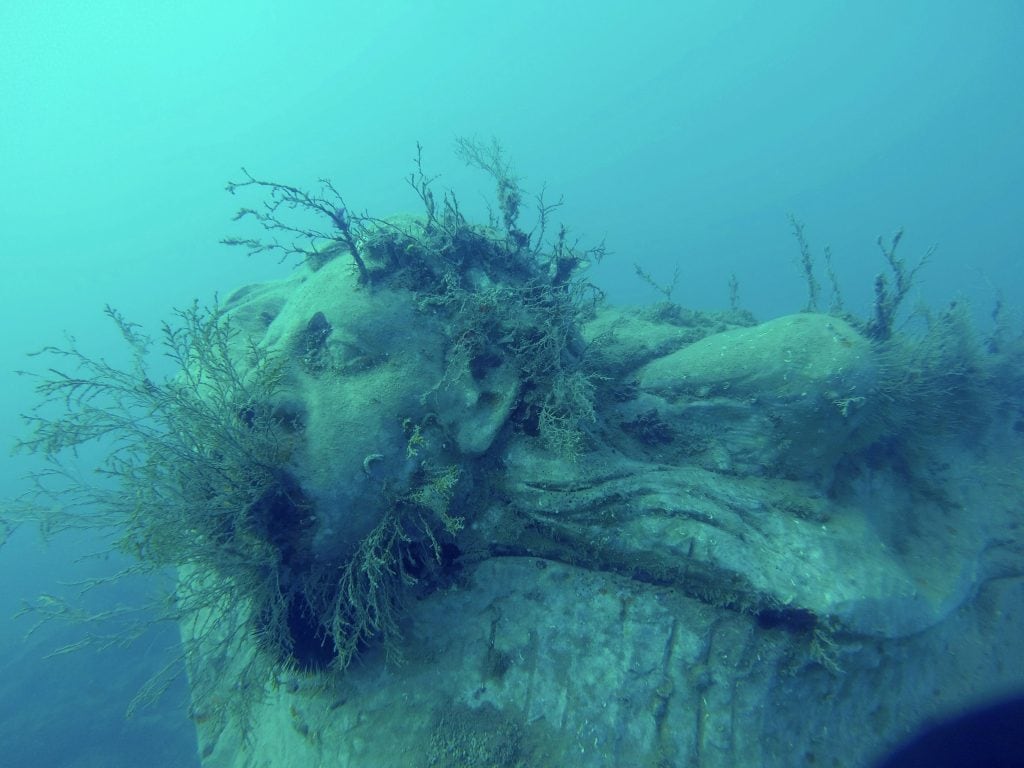
Above the water, as the sun begins to peek over the horizon, Paolo Fanciulli, an artisanal fisherman born and bred in Talamone, steers his small boat, the Sirena, across the turquoise sea and toward the cove-lined Monte Argentario peninsula.
“I’ve spent so much time in these waters that I’m practically a fish myself,” says the 62-year-old, known by many as Paolo il Pescatore, or Paolo the Fisherman. “I’m compelled to protect it. It’s my home, my true love.”
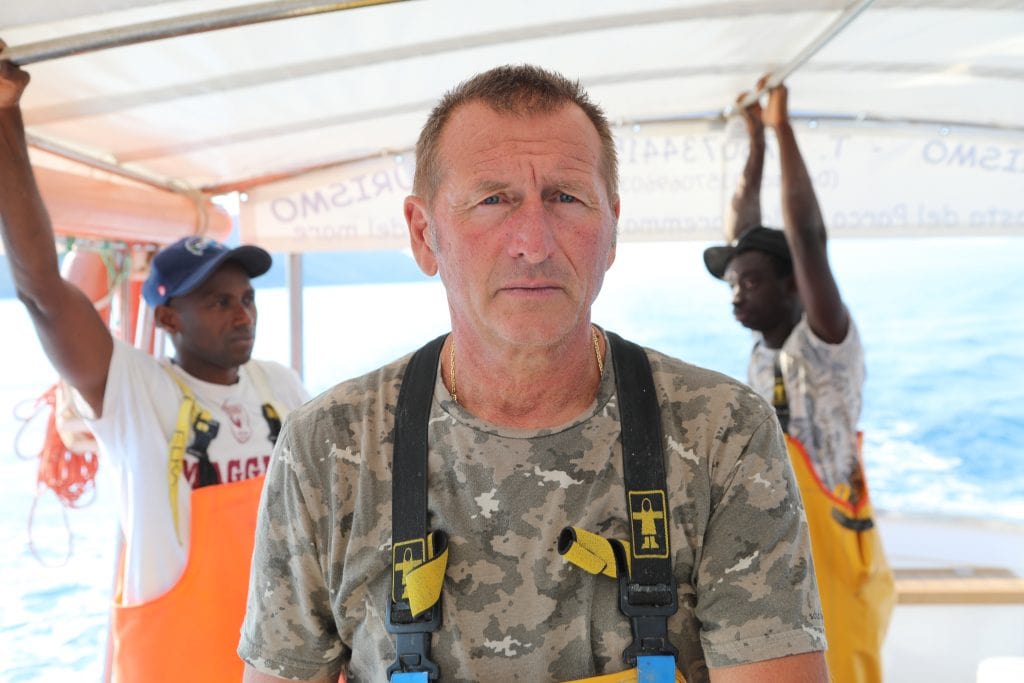
But beyond their otherworldly beauty resembling a glorious aquatic El Dorado, these submerged sculptures are playing a novel yet effective role in halting illegal fishing in the region.
In Italy, trawling within three nautical miles of the coast is banned, yet the huge profits to be made mean criminals often take the risk anyway, often working under the cover of darkness. The European Commission, which calls bottom trawling “the most damaging activity to the seabed,” has pledged to implement whatever restrictions are needed to curb the practice.
Fanciulli, who became a fisherman at the age of 13, first noticed the damage being done back in the 1980s, as his catches grew smaller and valuable hauls such as lobster began to disappear entirely. He and other local fishermen joined forces with activists from Greenpeace, blocking a commercial port in Tuscany and destroying trawling nets with barbed wire. The resistance led to notoriety and a subsequent backlash: the local mafia prevented Fanciulli from selling fish at the local market.
“Paolo did everything, even put himself in danger, to bring a halt to the illegal fishing,” says Marco Santarelli, co-author of The House of Fish, a 2021 book that documents Fanciulli’s efforts. “Without him, I believe that the problem would be much worse already. Species would have gone extinct.”
Instead, Fanciulli changed tack: inspired by the shipwrecks he would explore while diving as a child, he contacted the nearby Carrara marble quarry, famed for providing Renaissance master Michelangelo with his marble. It donated 100 marble blocks. The marble was in good condition, but had minor imperfections that meant it couldn’t be used commercially. “It was a beautiful gesture,” he says. “Fortune has been on our side.”
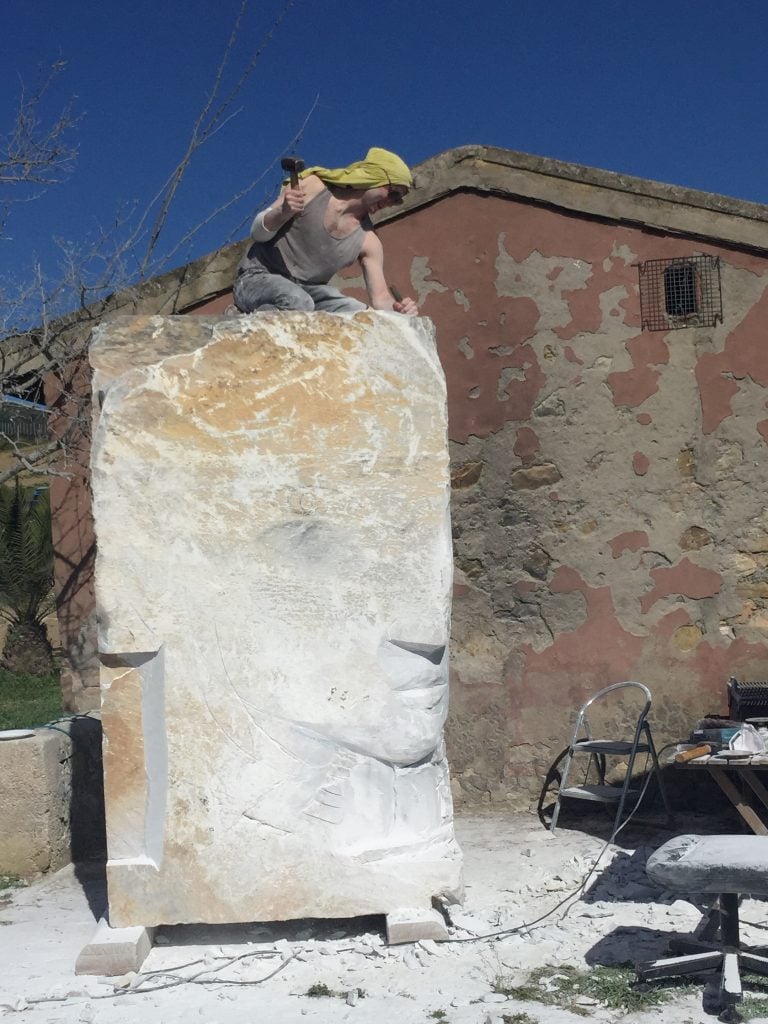
In 2013, the Casa dei Pesci, or House of Fish, sculpture park was officially opened alongside a nonprofit of the same name that manages the underwater project. Fanciulli convinced a number of artists including Giorgio Butini, Massimo Lippi, Beverly Pepper and Emily Young to carve sculptures from the marble, which have since been placed underwater in a circle around four meters apart, with an obelisk at the center made by the Italian artist Massimo Catalani. “Our main goal is to protect the seabed against illegal fishing, pollution and other threats,” says Giovanni Contardi, president of the nonprofit. “And we want to raise citizens’ awareness across Italy of the problem.”
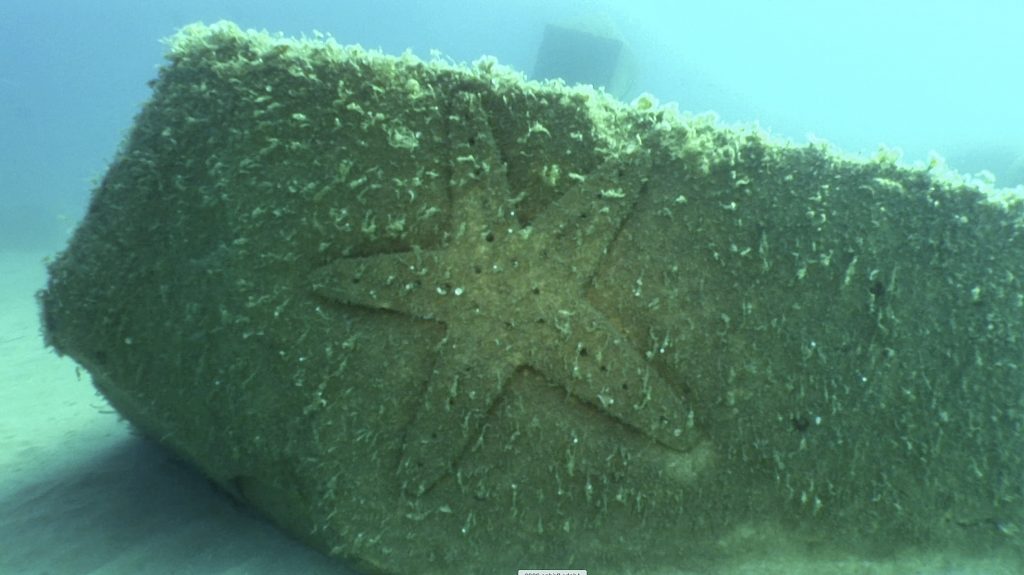
Their designs vary enormously: Lippi has contributed 17 sculptures representing Siena’s historic contrade, or medieval districts; Francesca Bonanni has carved a giant starfish; Aurora Vantaggiato a mermaid; Rahel Kimmich has sculpted a message in a bottle; Lea Monetti and Aurora Avantaggiato made a mythological siren; Emily Young built four sculptures that she calls “guardians” of the sea. “It’s a subject that’s been close to my heart for years,” says Young. “I believe there’s an environmental impact and generational impact… by putting these rocks in the sea.”
While a decade ago the Posidonia, a kind of endemic seagrass that is a provider of oxygen and a powerful carbon sink, was slowly dying out as it was torn apart by trawlers, it is now growing back, according to Romano T. Baino, sea manager of Arpat, the local environmental agency. Lobsters and turtles have returned to the waters and fish populations are rising.
“The Casa dei Pesci has certainly an interesting role in the illegal trawl problem,” says Baino. “But the sculptures have an intrinsic value to diversify the environment, increase the biodiversity and give support to the reproduction of many sea organisms.”

That progress has allowed Fanciulli and other locals to continue with their fishing, but only using safe methods and on a sustainable scale that maintains the fish population — and their source of income.
At the same time, he now offers “pescaturismo,” or fishing tourism, and says to date he has taken 30,000 visitors out on his boat, giving them a chance to learn about the wonders of the ocean, cooking up the catch in his small restaurant or selling it on the Gruppi di Acquisto Solidale, a local cooperative for ethically sourced produce.
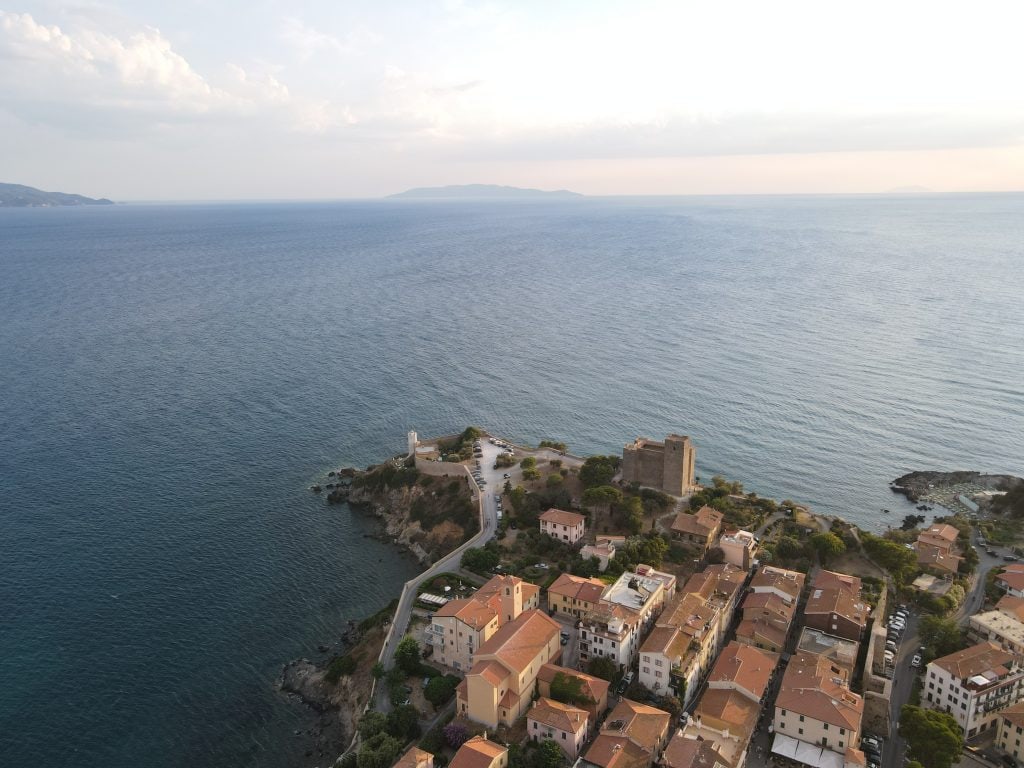
But Fanciulli, who plans to submerge another 20 or so of the marble sculptures by 2024, hopes that he can carve out a greater niche for these anti-trawling tools and spread them to coastlines all across Europe, from Sicily to Spain.
“They are working and they celebrate the beauty of the sea,” he says. “What more could you ask for?”
Aerial video by Peter Yeung. Underwater video by Video Arcobaleno.
